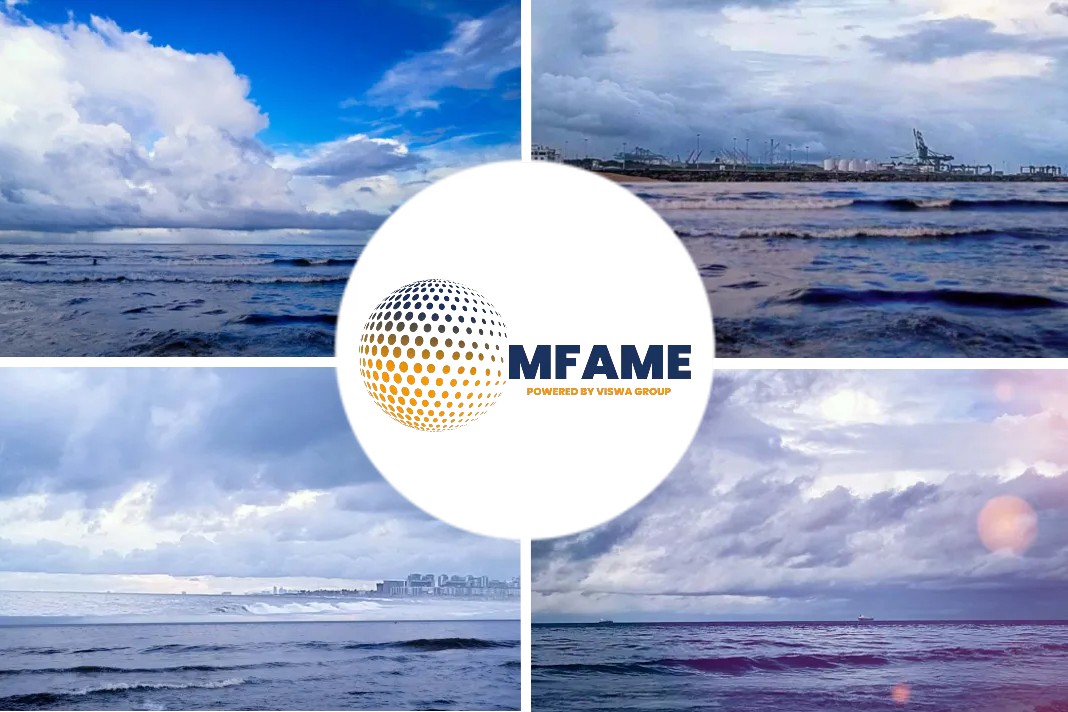
Barend van Schalkwyk, Business Development Director, Marine, OCI HyFuels spoke with Motorship Magazine about how the future fuel mix for shipping is not so much about ‘what’ but ‘when’, and how regulation will be essential in achieving net zero ambitions, says an article published on oci-global.
Zero emission credentials
How do you see the role of multiple fuels going forward, do you see multiple shipping fuels by 2050?
The answer to what the fuel mix for shipping will look like, is not so much about ‘what’ but ‘when.’
Right now, advanced biofuels, like the green methanol produced by OCI HyFuels and ‘drop-in’ biofuel blends, are the only low carbon shipping fuel alternatives available and we expect will remain the dominant low carbon fuels up to the late 2020’s, when we can expect e-methanol and e-ammonia to start the enter the arena more meaningfully. To achieve the IMO’s ambition of net zero by or around 2050, we expect by then to see a mix of low carbon alternatives, with advanced biofuels, e-methanol and e-ammonia combining to be the dominant shipping fuels. Green methanol will grow from now to 2030 and then likely continue to supply a consistent proportion. E-ammonia will become more significant from 2030 onwards and is likely to become the most significant fuel in the sector by 2050, due to its zero emission credentials.
First milestone
However, it is important to note that strong regulation is needed to achieve net zero ambition. While EU regulations such as FuelEU Maritime and shipping’s inclusion into the EU ETS are helping drive current demand within the industry – the order book for duel-fueled ships that can run on green methanol is increasing almost daily – regulation in other global regions need to catch up.
Set strong ambitions and recognizes
The IMO has set strong ambitions and recognizes the need for low carbon fuels, which we welcome. However, there is still a significant amount of detail to come and this needs to come quickly to give the strategy overall – and especially the 2030 checkpoint – a chance of success. Missing this first milestone could damage the credibility of the strategy, so we hope and expect to see more detail on binding targets, the specific mechanisms, and measures to monitor compliance and consequences for non-compliance to be announced in the upcoming sessions in 2024 and 2025. Examples of further detail could include:
- More specific details about an effective carbon levy – which would accelerate the move away from fossil fuels. This is necessary and will need to be set at a significant level to be effective.
- More detail about what is meant by ‘near zero’ GHG emission technologies, fuels and/or energy sources, defining what will be applicable to this target
- Specific targets for renewable and low carbon fuels use as an extension to the current target, which bundles GHG reduction technologies, energy sources and fuels together.
Infrastructure and availability
Do you see different ship type/geographic trends in fuel choice emerging?
We envisage some diversified application set across various vessel types and regions, for example smaller crafts operating in set routes on inland waterways could look to battery/E solutions, whereas large ocean-going vessels need to look to the alternatives to conventional fuels.
Looking at specific shipping sectors, container and cruise vessels have more predictable schedules, which makes it a lot easier to set up supply at the specific ports where these vessels would regularly call. Bulk carriers and tankers are often tramping and as such, their schedules are a lot more unpredictable, which means they will likely opt for fuels with established infrastructure and availability. Green Methanol ticks both of those boxes.
Having said that, the current orderbook is dominated by container vessels, and this may be because alongside regulatory incentives, container ships are the closest link in the chain to consumer brands, and therefore are further incentivized by driving decarbonization for their downstream customers. At OCI we have already announced agreements with partners involving three different vessel types:
- Container ship (Maersk)
- Feeder vessel (Xpress Feeder Lines)
- Bunker barge (Unibarge)
The strength of EU regulation, compared with other regions means that ship owners using European ports are the first movers to lower carbon fuels.
A low carbon footprint
What’s your view on the upcoming need for shipping to consider upstream emissions in the production of fuels (not just emissions from engines onboard)?
Measuring emissions from the entire process of fuel production – upstream and downstream – is necessary to ensure a low carbon footprint and a fossil free future.
As a fuel supplier decarbonizing our own production processes, we welcome the life cycle analysis (LCA) or ‘Well to Wake’ approach, which is the measure we ourselves use today to track the GHG reduction of our fuels and which takes the more comprehensive approach to decarbonizing the industry. However, we would like to see alignment between different regulatory bodies (I.e., IMO, European Commission) as much as possible to ensure consistency in measuring emissions.
Positive collaborations
Finally, how have you seen the power of collaboration through the pioneering maiden voyage of the world’s first green methanol powered container ship?
We are happy to have been part of positive collaborations between port authorities, storage partners and suppliers to assist the first green methanol bunkering of Maersk’s ship, fueled by OCI HyFuels green methanol, which has now already successfully bunkered at Port of Ulsan and Port of Singapore.
The dedication of all the parties involved shows the appetite in all parts of the industry to achieve a cleaner future for shipping and we are gratified to have been part of the first green methanol bunkering, proving the concept for future voyages.
Did you subscribe to our daily newsletter?
It’s Free! Click here to Subscribe!
Source- oci-global





















